The fifth-generation Honda CR-V was launched in 2016 and boasts sophisticated new styling, a more spacious and versatile interior, and new refined engines and technologies.
The CR-V has come of age in its transformations since 1995, bringing with it something many consumers haven't seen before – a vehicle big enough to hold the whole family without breaking the bank on fuel. Since its launch, the CR-V has been one of the best-selling compact crossovers on the market, making the Honda brand a leader in its segment.
Today, however, in this crowded field, he literally has to fight for his position with a lot of young rivals.
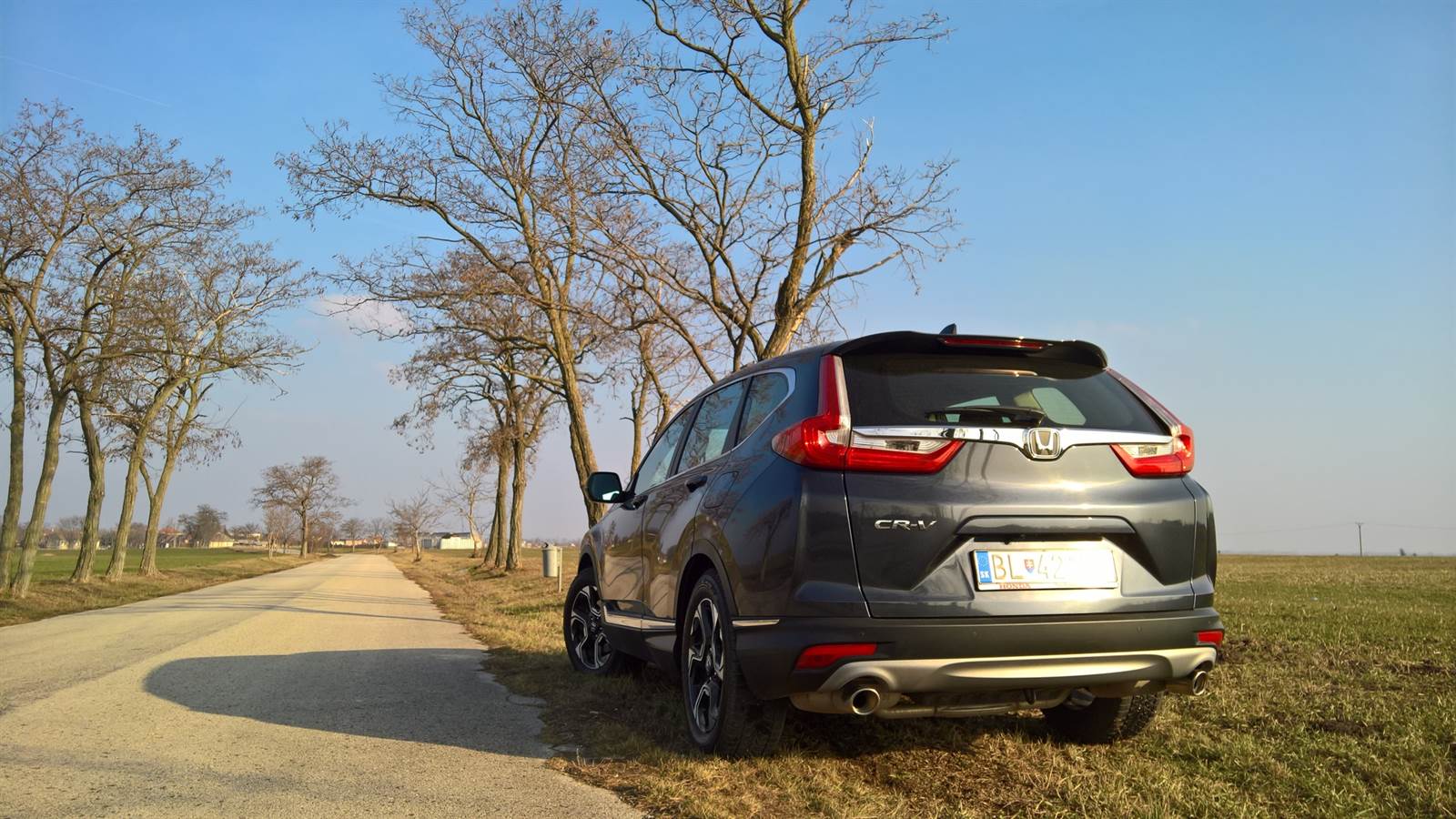
The new main design direction of the CR-V is a bit more aggressive and robust than its predecessors. The massive front fascia received the main characteristic element – a chrome strip connecting the headlights. The lower part of the bumper is more sharply shaped, giving the car a more robust impression. In the rearview mirror, you can definitely distinguish it from other more conservative SUVs.
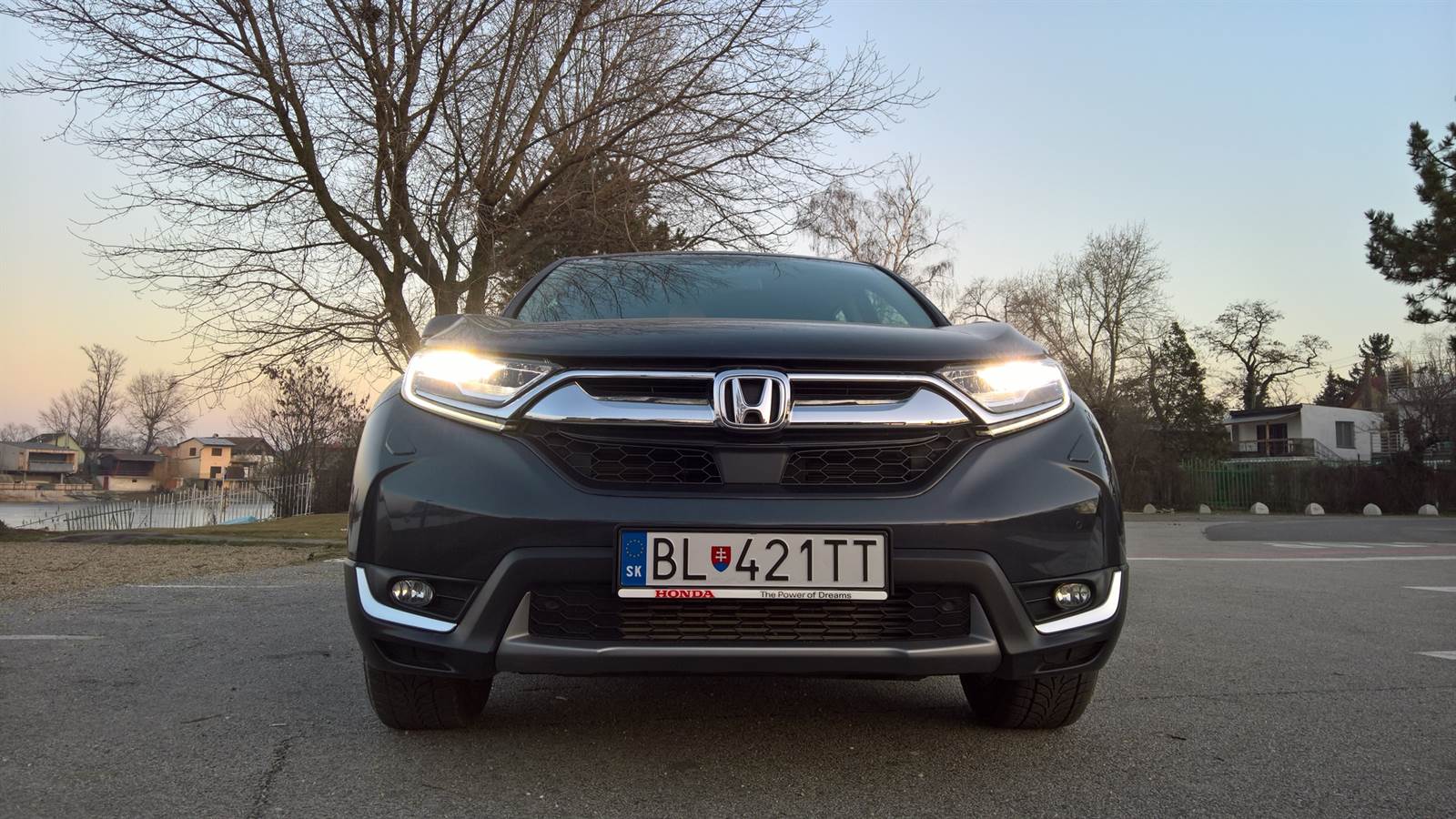
The sideline hasn't changed much. The CR-V is now 35mm higher, the wheelbase has grown by 40mm and the rear overhang is 35mm longer, which has a positive effect on the size of the luggage compartment.
The rear part is dominated by split LED lights with pleasant graphics, reaching up to the roof and delighting the eyes of everyone you leave behind. At the rear, the CR-V also boasts a functional pair of exhausts with round ends and a visible connection under the body. In today's trend of "hiding dirty exhausts", this is commendable. When the sound of the turbo-petrol engine is added to this, it is also a joy for the ears.
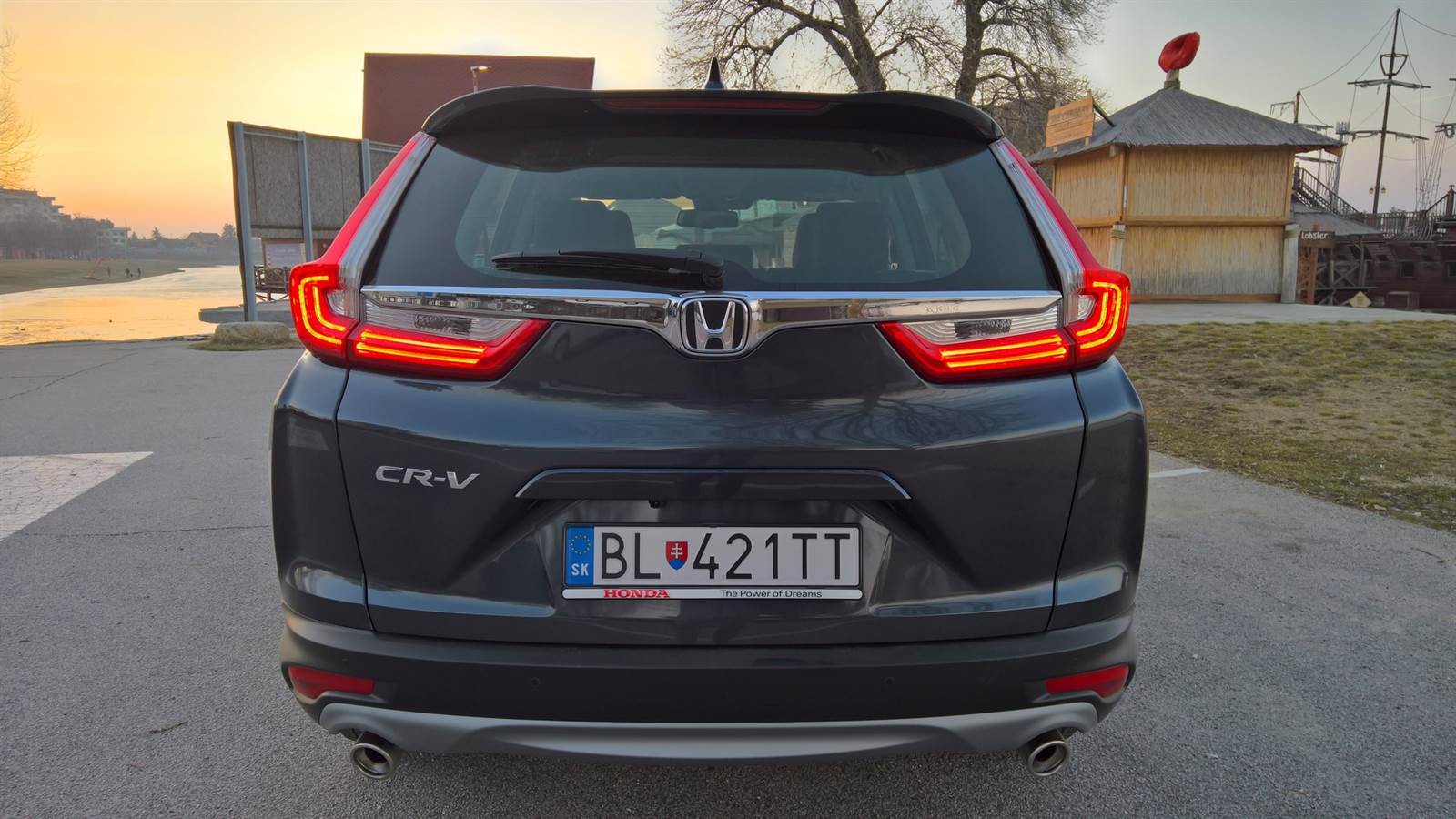
Several changes have taken place in the interior and it is now more oriented towards the European customer than its predecessors. However, there is still that Japanese style and subtle "confusion" in the design – when the equipment offers you fake wood paneling in conjunction with the painted line, two types of side-by-side air vents, hard plastic door trim and in the upper part of the dashboard and doors with pressed "fake" stitching.

In contrast to this, there are beautifully softened screens and very comfortable fabric seats with quick heating and exemplary fitting of parts, as well as controls and buttons that feel valuable. Nevertheless, it seems to me that for this flagship family SUV, the use of low-quality materials is an unnecessary dishonor in a segment where an exemplary ergonomic and valuable interior can be created even in less luxury-focused brands.
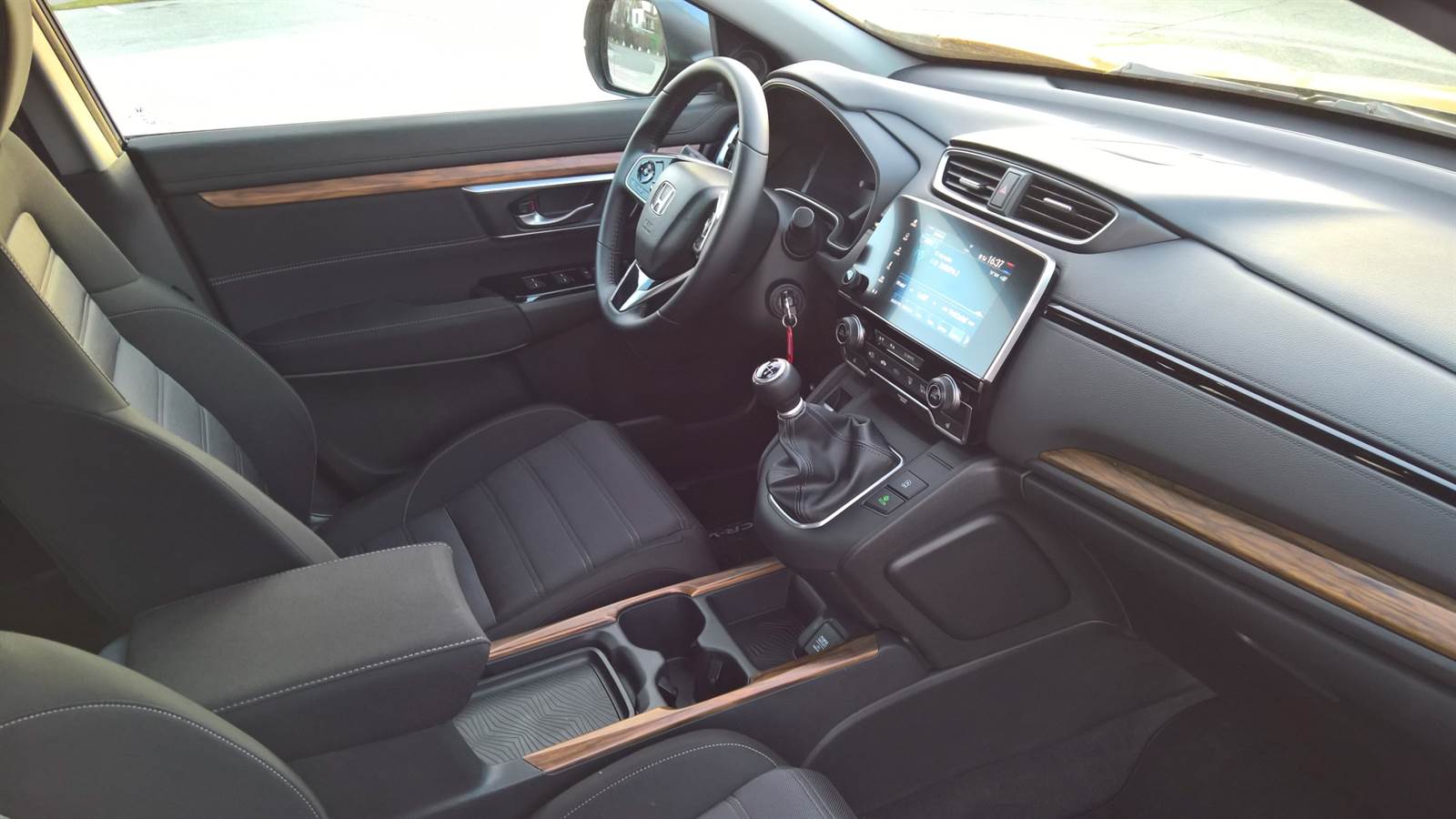
In order not to offend, the interior contains a lot of storage space, intuitively arranged controls and a truly royal space for the whole family. In the 5-seater version, I sit by myself and, at my height of 187 cm, I still have 15 cm of knee space. The rear door opens at a right angle and it is very convenient to get in or put children in car seats. The cabin is airy and the view outside is ideal thanks to the large glazing. Large rear-view mirrors and a reversing camera with tracking and different views help even when parking in crowded cities. However, due to its location, the camera gets dirty very quickly and needs to be wiped more often.
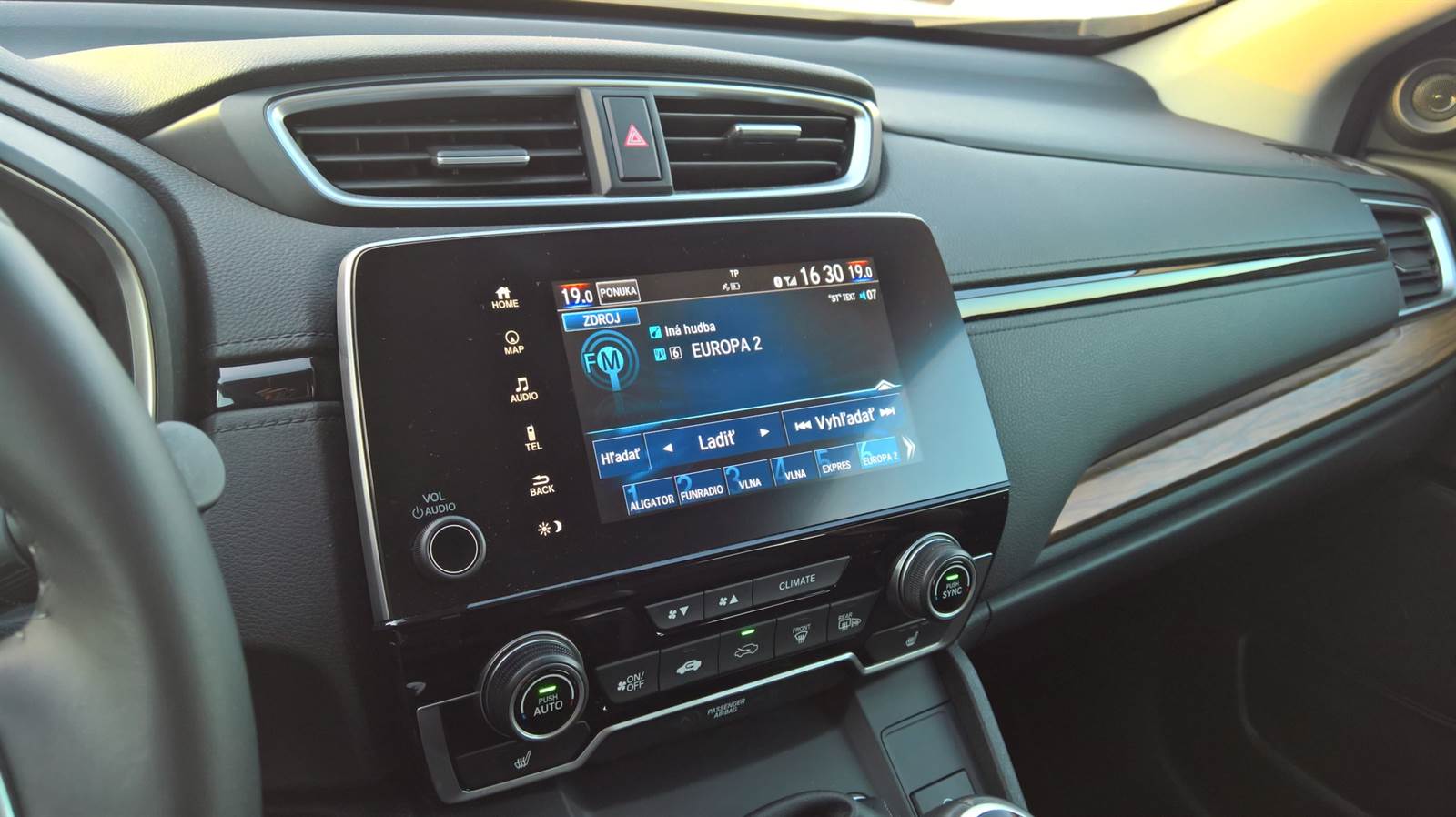
The Honda Connect multimedia system, despite its fine graphics and many functions, is a bit dated and can be seen to have been carried over from older models. A little more nimbleness and intuitive control would help him. Phone connection and connectivity is seamless. It handles Apple CarPlay, Android Auto, and thus basically everything that a modern person needs for their work and entertainment on board.
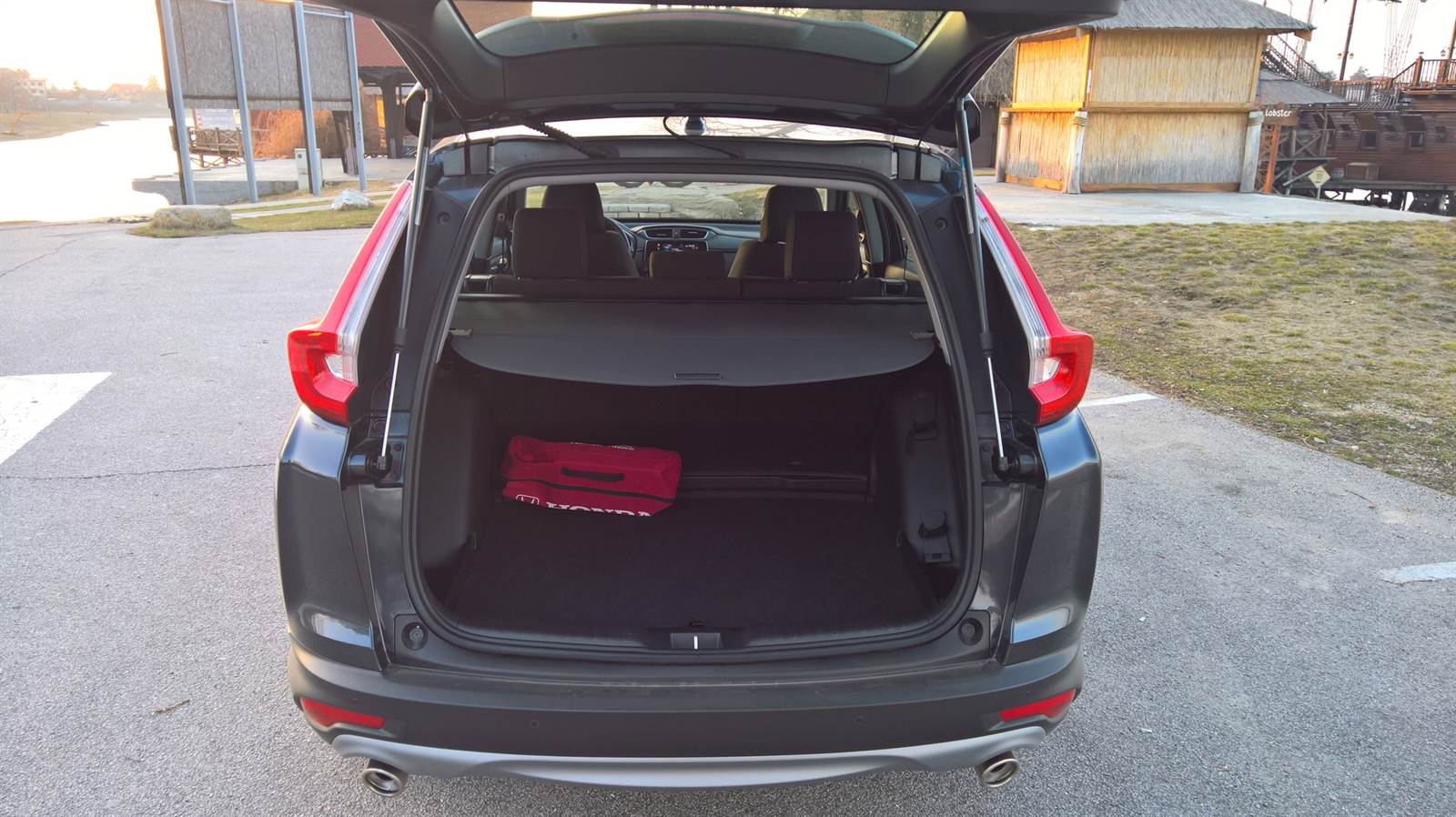
The luggage compartment holds 561L in the basic layout and up to 1756L when the rear seats are folded down.
The seats can be folded using the levers in the luggage compartment, and after they are folded down, a flat floor is created. The really low loading edge is a big plus. However, the opening angle of the trunk door is bad. They only open up to a height of 179cm and if you have more, they will bring you rough moments with biting your tongue so that you don't honor the engineers from the land of the rising sun with some beautiful synonym in front of the children. The solution is an electrically controlled lid, where the angle can be adjusted manually, but you only get this in the highest equipment.
It goes without saying in such a large luggage compartment that there is a travel wheel under the double bottom and 12V and USB sockets wherever it is needed. The upper plate really holds a lot, does not vibrate and has a simple attachment system.

Probably the most important change happened under the hood of this car. Here, only the turbo-gasoline engine, also known from other models of this brand, is available for the European market.
The 1.5 VTEC Turbo modified for this model has a different turbo in the CR-V and a differently shaped combustion chamber and EGR setting. It offers two power variants, namely 127kW (173PS) and 220Nm at 5600rpm in conjunction with a six-speed manual transmission and 142kW (193PS) and 243Nm at the same speeds in conjunction with a CVT continuously variable transmission. There is no other choice.
Let's forget about the old and reliable naturally aspirated two-liter and the diesel engine, which excelled in consumption and refinement – in the difficult times of Euronorms, the CR-V did not meet the emission limits.
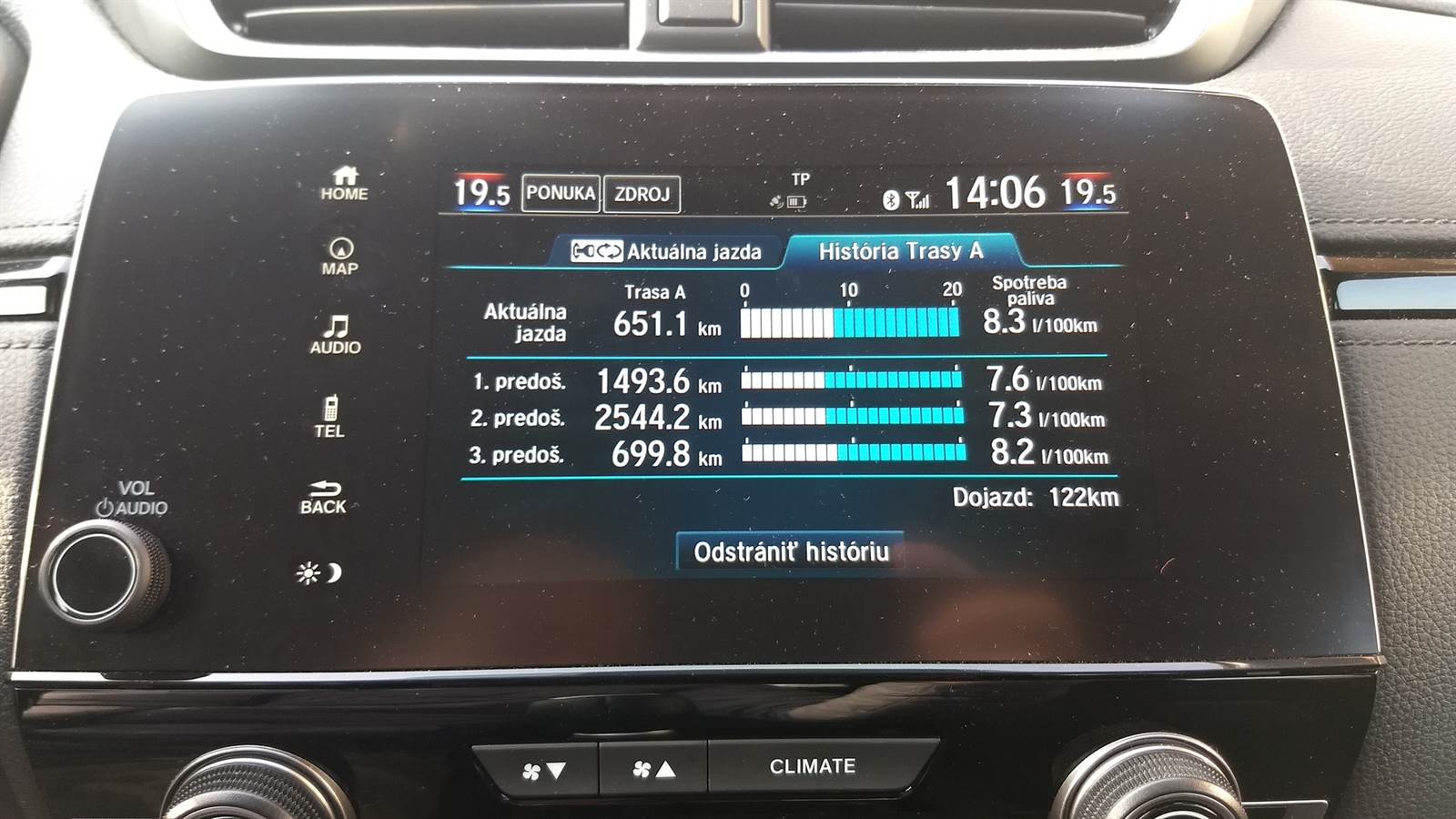
Driving this, otherwise very refined and technologically refined engine, is very special. It results from the conviction and feeling of a heavy car, but mainly from the fact that the engine lacks a little more torque. The engine is alive and willing to be revved up to the red field of the digital tachometer, but dynamic driving stops being fun when you look at the current consumption. That's also why there is an ECO mode, which actually "kills" the dynamics and does not allow sharp acceleration, casually increases the speed and uses the START-STOP system at every opportunity. However, it is usable only for really calm people, and in combination with a great adaptive cruise control, I can imagine some approximation to the consumption values given by the manufacturer.

With a standard loaded car (2 adults, 2 children, 2 bags, 1 backpack) and a trip of about 600 km, the average (60% highway) combined consumption settled at 8.3 L/100 km. And the tested version has only the front axle driven. With 4WD, it will be a higher value. I don't know what the benefit of such "reduction" of emissions is, but if there was an option, I would personally take a diesel with a higher torque and a more comfortable ride without the need to downshift by two gears when overtaking or going uphill. So, paradoxically, the consumption is excessively high compared to the CR-V's original philosophy, and the proclaimed high economy of the new gasoline engine is out of sight for me.
However, I believe that I am not the right target customer for this segment. Our gentler halves and older people, who make up a large percentage of SUV sales, will be somewhere completely different with "dynamics" and consumption.

On the other hand, I have to praise the chassis and steering. It's been a long time since I've had such a well-insulated and perfectly readable chassis under the seat and in my hands. Not to mention the fact that this is actually an SUV, which has received an additional 35 mm ground clearance and should lean and dampen all driving sensations. However, the CR-V does not do that and, on the contrary, gives a beautiful response from the front 18" wheels, despite the high profile of the balloon tires. The chassis mercilessly irons our "beautiful" Slovak roads to the unit. The multi-element rear axle does not jump anywhere, it holds the track in an exemplary manner and, in conjunction with the manual, also provides a bit of that sporty drive.
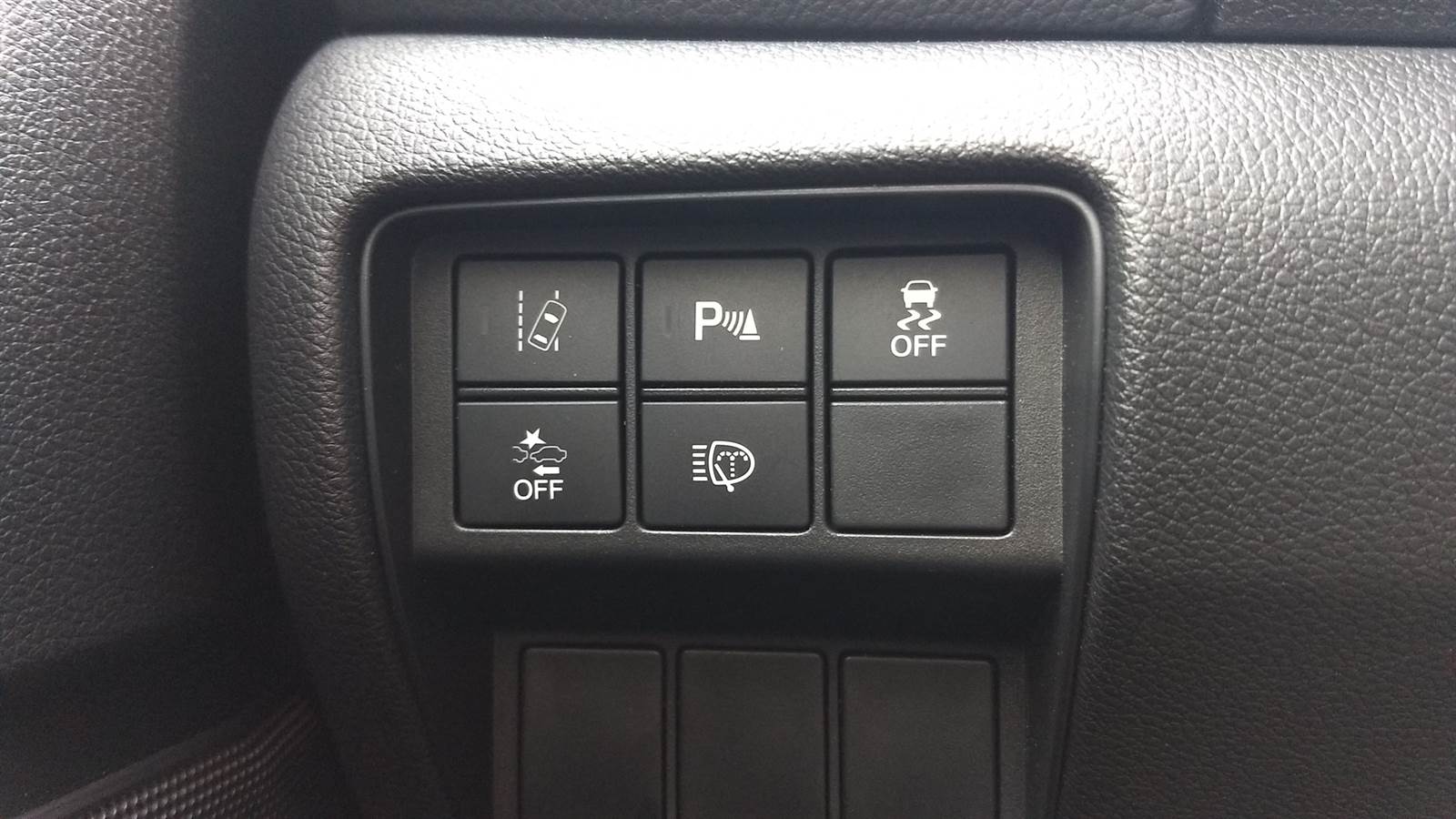
Honda has equipped the new CR-V with the latest safety gadgets and systems for a smooth ride and comfort on board (the so-called Honda Sensig System). The perfectly working and intuitive adaptive cruise control (ACC) together with the lane keeping system (LCAS) and the driver attention system are some of the few features that make driving this car very relaxed and smooth.
On the road outside the city or in the city, after switching on the adaptive cruise control at the required speed and choosing the minimum distance from the following vehicle, the driver does not have to worry about anything and thus has to keep his hands on the steering wheel as much as possible and change gears. The system perfectly maintains the distance, can slow down to a complete stop and then resume speed without the driver's intervention. It is exemplary tuned and some European car manufacturers could learn how to do it. For the first time, driving in a convoy was almost as comfortable with a manual transmission as with an automatic.
During hard braking, a sudden obstacle, but also during normal faster cornering, the CR-V tightens your seat belts and sets pre-collision braking. If you do not react, it vibrates and snaps the belts and then performs a correction or braking maneuver for the driver.

Other standard features include things like Led headlights, Honda Connect + navigation, parking sensors, rear parking camera, dual automatic climate control, front fog lights, rain sensor and many more. I didn't miss anything in the tested version that I would like or know to pay extra for.
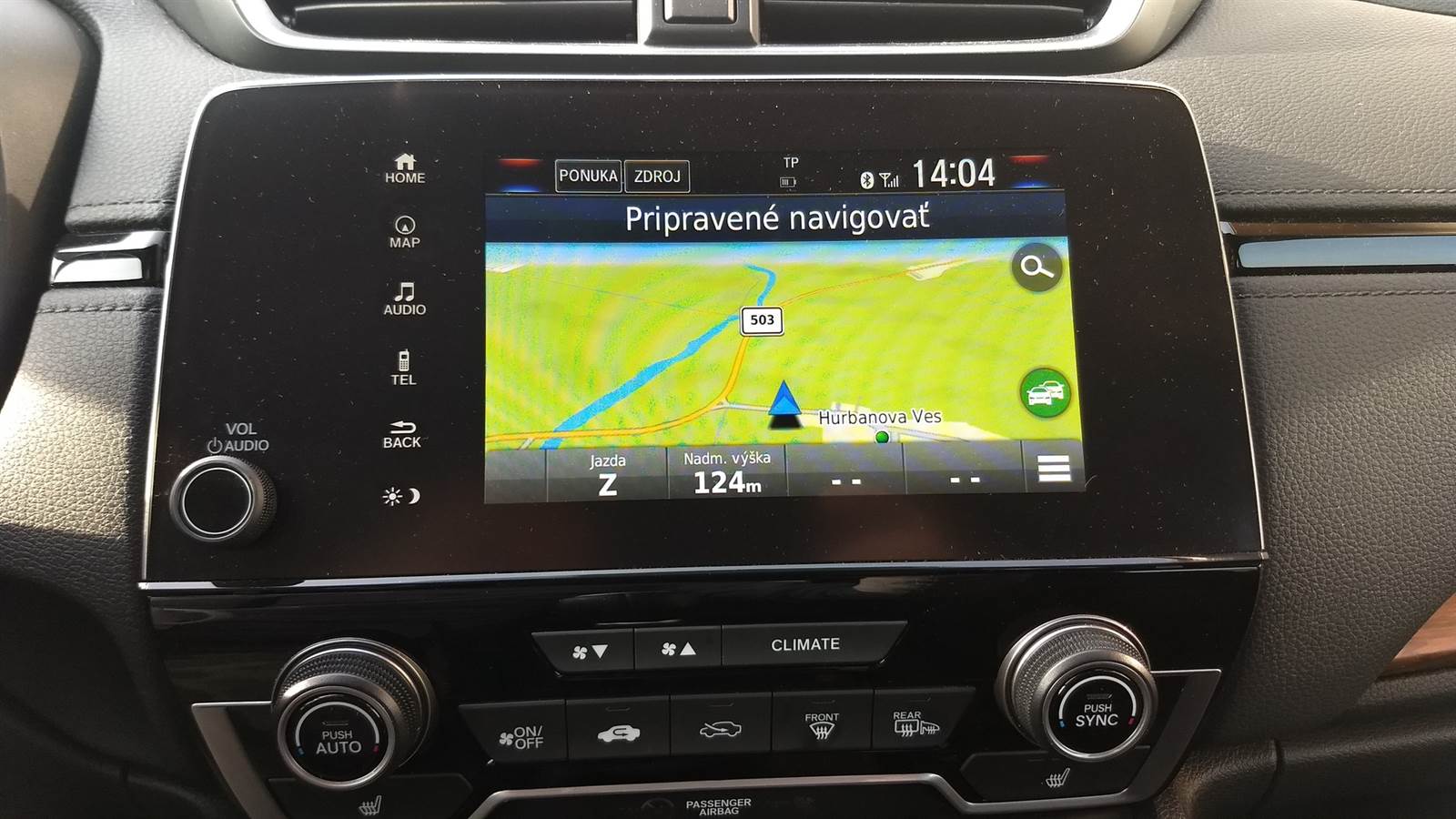
The 2019 Honda CR-V is an example of an SUV loaded with technology, safety features and premium equipment. However, all this is already offered by many competitors and will have a hard time in the current market. Many people are still not familiar with a petrol engine in a large car, and the lack of choice will push a large percentage of potential customers elsewhere.
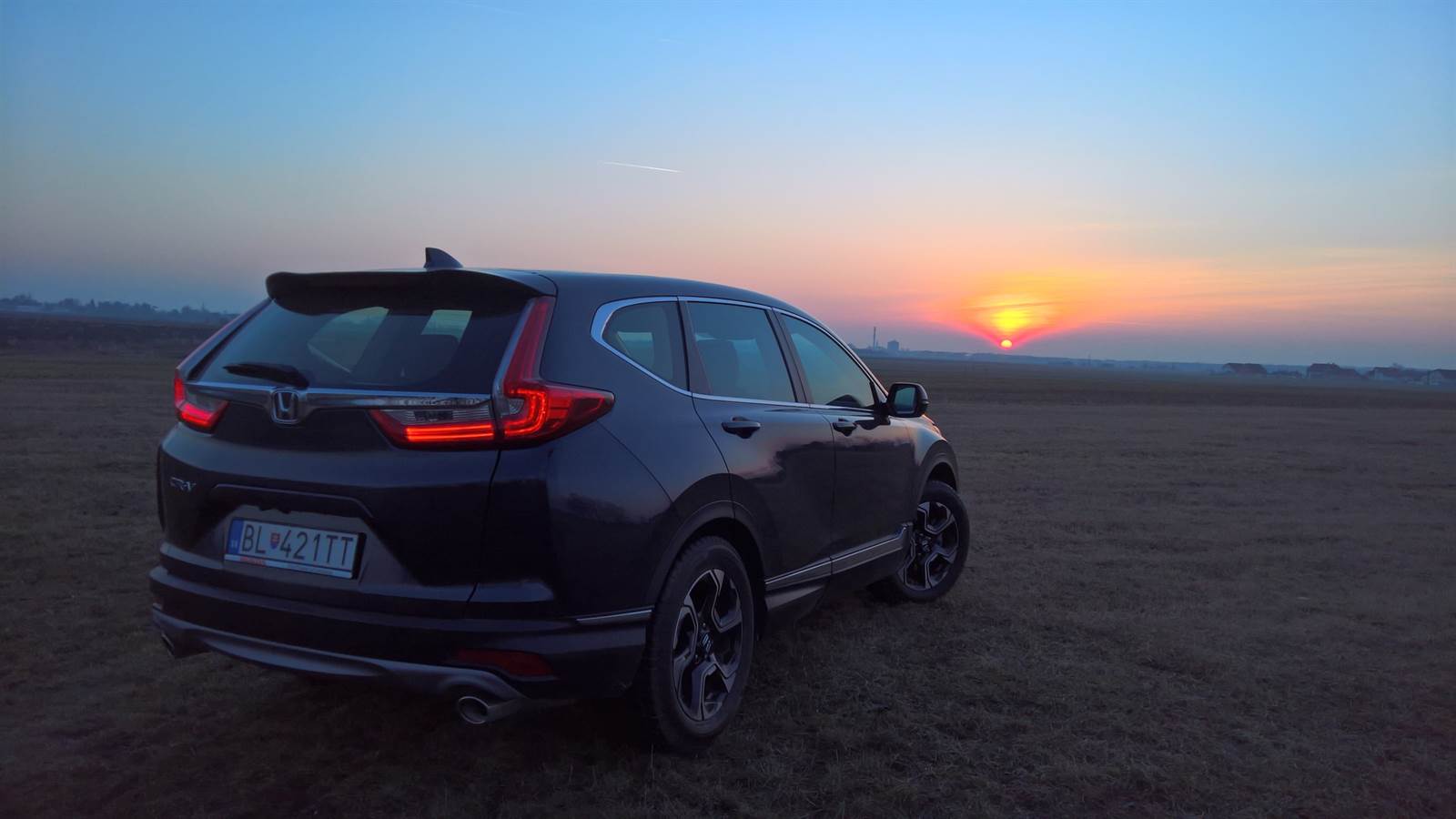
However, the price policy is very pleasant with the basic Comfort equipment at EUR 24,990 and the current price of the tested model in the Elegance equipment was EUR 28,590 (basic price EUR 27,990, surcharge for metalwork EUR 600). The seller also provides various interesting bonus actions and the possibility to use preferential financing or an extended warranty of up to 3 years / 100,000 km + 8-year Honda Premium Quality loyalty program.
| Technical specifications | Honda CR-V 1.5 VTec TURBO |
| Engine type: | Spark plug |
| Cylinders / valves: | 4 / 16 |
| Displacement (ccm): | 1 498 |
| Highest power (kW(k) / rpm) | 127 (173) / 5,600 |
| The highest twist. torque (Nm / rpm): | 220 / 1,900 – 5,000 |
| Gearbox: | 6-st. manual |
| Acceleration 0 – 100 km/h (s): | 9.3 |
| Combined consumption – WLTP (l/100 km): | 6.3 |
[rl_gallery id=”4373″]




